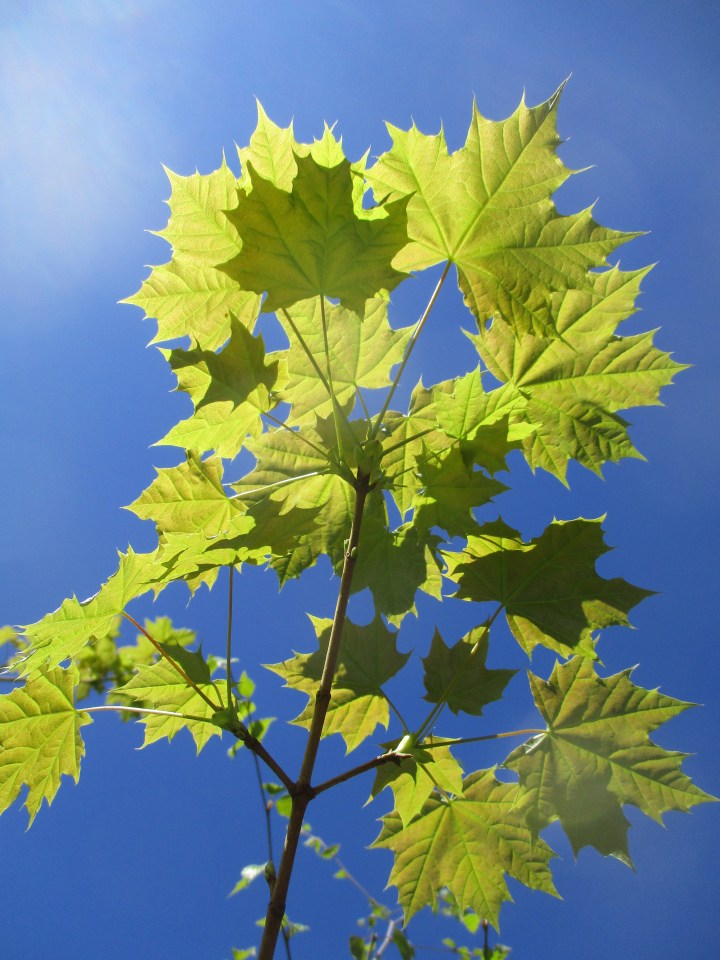
Seasons in the Santa Clara Valley are not very distinct. They are not much more distinct in the Santa Cruz Mountains above. Hot weather in summer does not last for more than a few days, and usually cools off somewhat at night. Winter is never very cold, with light snow rarely falling only on the tops of the highest peaks.
Some believe that summer is our only season, with a few days of ‘not summer’. I would say that it is more like springtime all the time, with a few warm days, a few cool days, and a few rainy days. In many ways, it is great for gardening. However, it can be limiting for species that prefer more warmth in summer, or a good chill in winter. It can also be rather boring.
The vast orchards that formerly occupied the Santa Clara Valley were fortunately satisfied with the mild climate here, and actually enjoyed it. They got just enough chill and just enough warmth, but just as importantly, they appreciated the aridity. Late rain and humidity can ruin the same sorts of fruits in other climates.
Even without much distinction between seasons, springtime in the Santa Clara Valley was spectacular before the orchards were exterminated. A long time ago, tourists came to see it like the fall color of New England. Many or most tourists witnessed it while the weather where they came from was more like late winter. Natives considered the timing to be right on schedule.
However, the schedule did not coincide with what we learned about seasons in kindergarten. We cut out colored leaves from construction paper in autumn, even though there was not much fall color. We cut out snowflakes from white paper in winter, even though most of us had never seen snow. By the time we started cutting out flowers, most spring bloom was already done.
Norway maples always seemed to know what time of year it was. Schwedler maple, which is a darkly bronzed cultivar of Norway maple, was a common street tree in the Santa Clara Valley back then, particularly in tract neighborhoods that were build in the middle of the 1950s. Some disliked how it stayed bare and seemed to be dead after other trees bloomed and foliated.
To some of us, the reddish new growth of the Schwedler maples was what let us know that it really was springtime. Of course, we were done with all our spring planting by then, as allowed by the local climates. Also, the bloomed out orchards were already foliating. The maples just let us know that winter was completely finished and would not be back for several months.
Five young feral Norway maples at work are doing that splendidly right now. They lack the bolder color of the Schwedler maples, but they make the same statement. The bloom of the flowering cherries is exquisite, but not as convincing as the foliation of the maples.
The seasons are different everywhere. As I have blogged and met more people from different climates, I’ve realized that lots of people have had to learn what seasons are like somewhere else or holidays, for that matter. In Australia and New Zealand, Christmas is a bit more like our Fourth, with BBQs and the beach and Easter is a fall holiday, but lots of the imagery is northern. It’s funny you didn’t get taught your own climate in school, but I guess those textbooks don’t allow for desert and mountain and eastern and western variations. Fall leaves on the Great Plains? i bet there’s another sign, but I don’t know it!
LikeLiked by 1 person
Even though the Santa Clara Valley was still an agricultural region at the time, most of those who lived here still gardened like they did where they or their ancestors came from. Our culture was influenced very much by the Okies and those who came from what later became the Rust Belt.
LikeLiked by 1 person
This year the seasons have been abnormally normal, though winter a bit milder than what we’re used to and spring a bit cooler.
LikeLiked by 1 person
I would not expect that from your region. I always like to brag about how normal our seasons are, even when they are boring. I always thing of climates in other regions as being much more variable.
LikeLiked by 1 person
Reblogged this on Tony Tomeo and commented:
These Norway maples are certainly not as advanced this year as they were at this time three years ago.
LikeLike